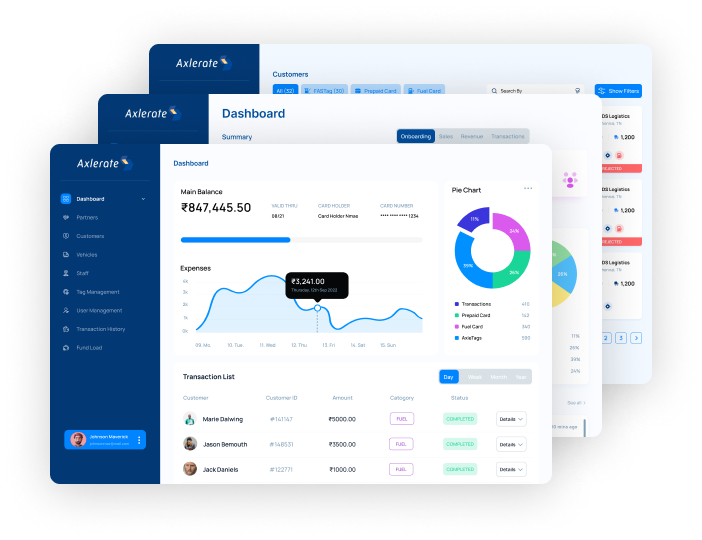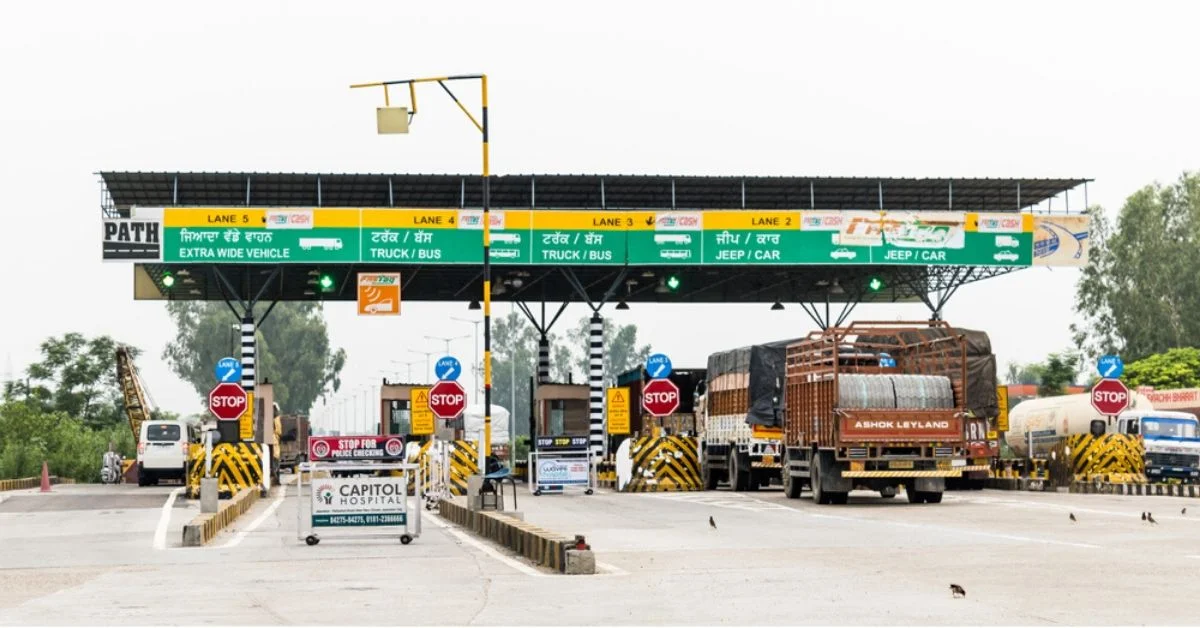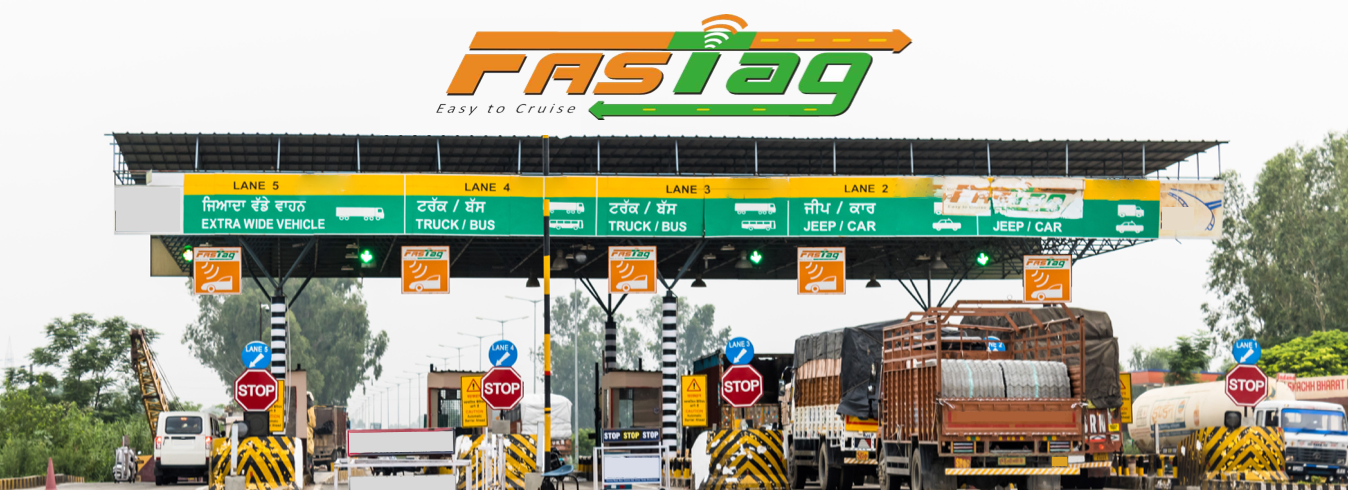What is load planning and how does it impact logistics?
Truck load planning in logistics refers to the process of organising shipments to fill the maximum capacity of trucks and increase efficiency while also reducing transportation costs. It involves the consolidation of various shipments onto fewer trucks to save time and money. However, it is not about merely increasing the product quantity in a truck but it requires careful analysis of the type of product, vehicle specifications, the route to the destination, similar shipment delivery schedules, and more.
Why is load planning crucial for logistics cost reduction?
Load planning in logistics is crucial for cost reduction because, when you don’t plan your truck loads efficiently, it creates a need for more trucks and drivers on the road. Lack of proper load planning results in empty miles which causes additional mileage, increased fuel expenses, overtime charges for drivers, and more. Efficient load planning helps to eliminate empty miles and to reduce transportation costs.
How to optimize your truckload to reduce costs?
Load and route optimisation provides greater scope to reduce transportation costs. Truckload can be optimised through complete and real-time visibility of trucks and driver schedules. It can also be optimised by analysing delivery routes and combining shipments to reduce fleet-related and driver expenses. You can also use technological tools, software and platforms like Truckload Optimisation Software, Transport Management Systems and Digital Freight Matching Platforms to optimise your truckload and reduce transportation costs.
How technology improves load planning in logistics?
- Truckload Optimisation Software: Planning your load arrangements well ahead of time helps to navigate through loads easily during shipment and reduces transportation costs. The truckload optimisation software provides an interactive 3D environment to develop your truckload layout using a drag and drop system and the arrangement can be made with regard to the product type, product weight and delivery priority.
- Transport Management Systems: A transportation management system allows you to keep track of and monitor every aspect of your transportation operations in real-time. TMS provides load and route optimisation and optimised routes help simplify your deliveries so that you can use fewer resources and reduce transportation costs. A study mentions that Shippers can minimise freight invoice payments by 90-95% if they utilise a transportation management system (GlobalTranz, 2018).
- Digital Freight Matching Platforms: Digital Freight Matching Platforms are web or mobile-based applications developed to connect shippers and carriers. They help coordinate trucks with available load capacity for a more efficient system that reduces transportation costs. For instance, trucks travelling on similar routes can be identified and two different loads going to the same destination can be combined into one truck and the cost can be split up between the two parties.
Let’s Wrap Up!
Truck load planning in logistics is crucial for optimising truck capacity, increasing efficiency, and reducing transportation costs. Load and route optimisation with real-time visibility and data analysis is the ideal solution to ensure strategic load planning in logistics. You can utilise Truckload Optimisation Software, Transport Management Systems, and Digital Freight Matching Platforms that provide load and route optimisation for efficient load planning in logistics to reduce transportation costs.
Axlerate is a unified platform for Logistics management, payments and services. Our solutions help to simplify tolls, fuel purchases, fleet expenses, loans, insurance, escrow, payments, truck booking, fleet management and the buying and selling of logistics products and services.










